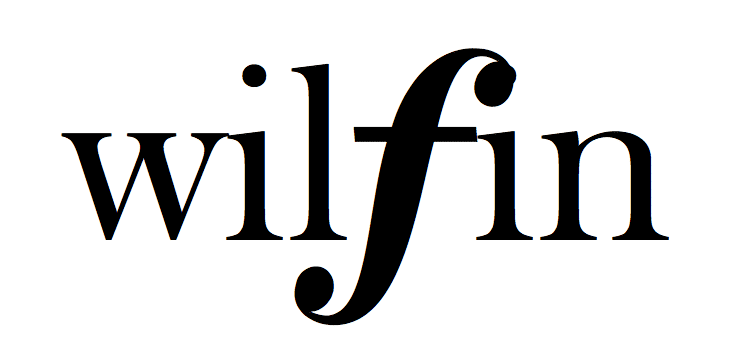Description
This piece was commissioned by Fisher’s Ghost Youth Orchestra, Junior Strings. Three well-known nursery rhymes are arranged, using almost “every trick in the string playing book,” such as pizzicato, slurs, staccato, tenuto, glissandi, harmonics, Bartok or snap pizzicato, col legno, trills, left hand pizzicato, playing behind the bridge, knocking and stomping. The concept is to introduce young string players to these fun techniques, all while feeling the beat, counting the rhythms and of course, following the conductor. It is recommended that the ensemble sings the three rhymes, before learning to play the piece.
There are 3 different time signatures, connected by a rallentando from Oranges and Lemons in 3/4 into 6/8 for Hickory Dickory Dock and then an accelerando into Twinkle Twinkle, which is in 4/4, and uses some simple, interesting chromatics in the 2nd verse. The last section is an original idea, using syncopated rhythms, with a final nod to the first 2 nursery rhymes to end the piece. Plenty of string skills to keep the students on their toes.
Notes for Director:
- All techniques, such as Glissandi, Col Legno, Snap/Bartok Pizz, Left Hand Pizz and Sul Pont should be practiced separately first.
- Ascending Glissandi in Hickory Dickory should start on the printed note and slide up the same string as far as possible, but not necessarily to a defined end note.
- Descending Glissandi can start anywhere on the designated string, but must return to the printed note.
- Col Legno can be replaced by Pizzicato if desired.
- In the chromatic sections of Twinkle Twinkle, students in any section can choose to play the melody in D Major if not quite ready for the chromatics.
- Behind the Bridge should produce a squeaking sound, imitating the mouse, and should be played with a fast, firm up-bow stroke.
- Cello and Bass Knocks should be played with right hand on the front of the instrument, with bows down if desired
- Stomps are played with the feet. They should not be played by basses if seated on stools and unable to reach the ground. Perhaps a slap on the fingerboard could be used instead.
|
||||||||||||||||||||||||
| Listen to a recording of Rhyme Time for Strings. The folio contains: Parts for string orchestra (8-8-4-4-5-2) Conductor’s score Piano accompaniment | ||||||||||||||||||||||||

